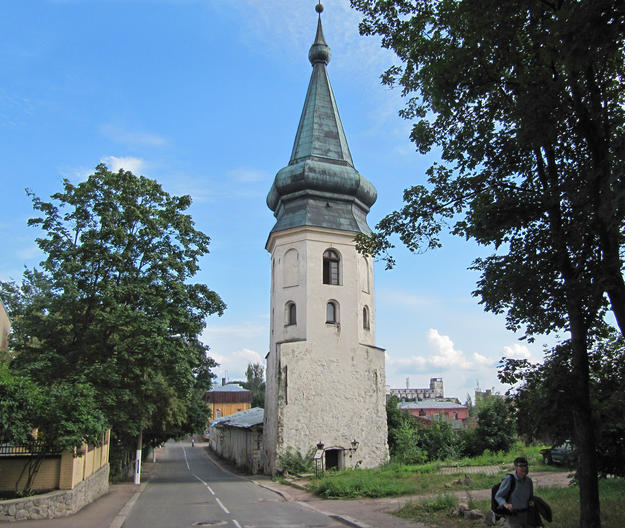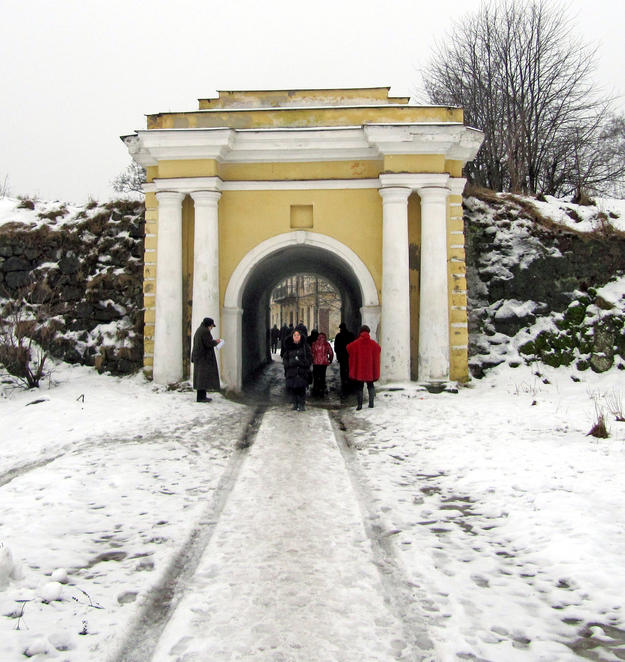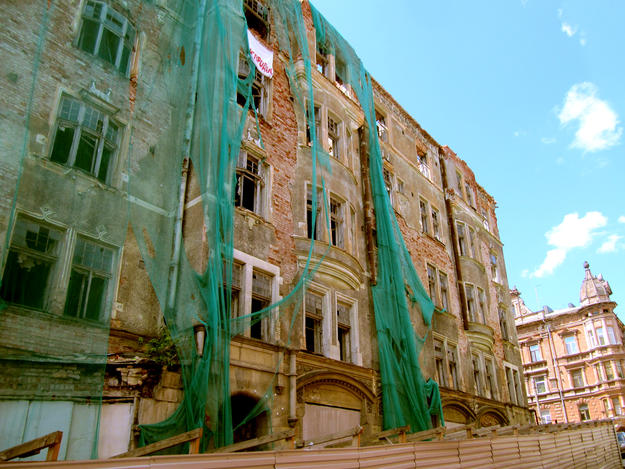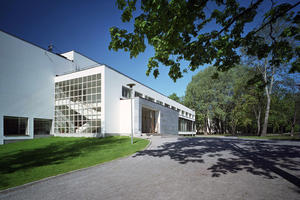Vyborg Historic Center
2016 World Monuments Watch
The historic center of Vyborg reflects a long history of Russian, Swedish, and Finnish control between the thirteenth and the twentieth centuries. Once an important hub of trade between East and West, Vyborg—like Tallinn, Stockholm, and Visby—originated as a medieval fortified city. In 1944, a redrawing of borders put the city under Soviet control. Vyborg, which had experienced heavy destruction during World War II, underwent additional degradation in the decades of isolation that followed. The buildings, street patterns, and cityscapes that survive reveal the rich architectural and archaeological heritage of this city.
In 2010, the Russian Federation designated Vyborg as a historic city, yet its future is not guaranteed. Numerous buildings are abandoned and some are in a ruined state. The city’s master plan lacks clarity, and the existing heritage protection laws are not always properly enforced. Better planning for the conservation of the standing buildings and more restrictive guidelines for new construction are needed. The recent restoration of Alvar Aalto’s Viipuri Library, a world-renowned modern masterpiece in Vyborg, points the way to a full commitment to preserving the past and respecting all of Vyborg’s built heritage. Viipuri Library was included on the 2002 World Monuments Watch and, in 2014, it became the recipient of that year’s World Monuments Fund/Knoll Modernism Prize. In 2015, the Russian government pledged to invest in the protection of the city. The 2016 World Monuments Watch calls for an informed and appropriate approach that respects Vyborg’s architectural, archaeological, cultural, and artistic heritage.




